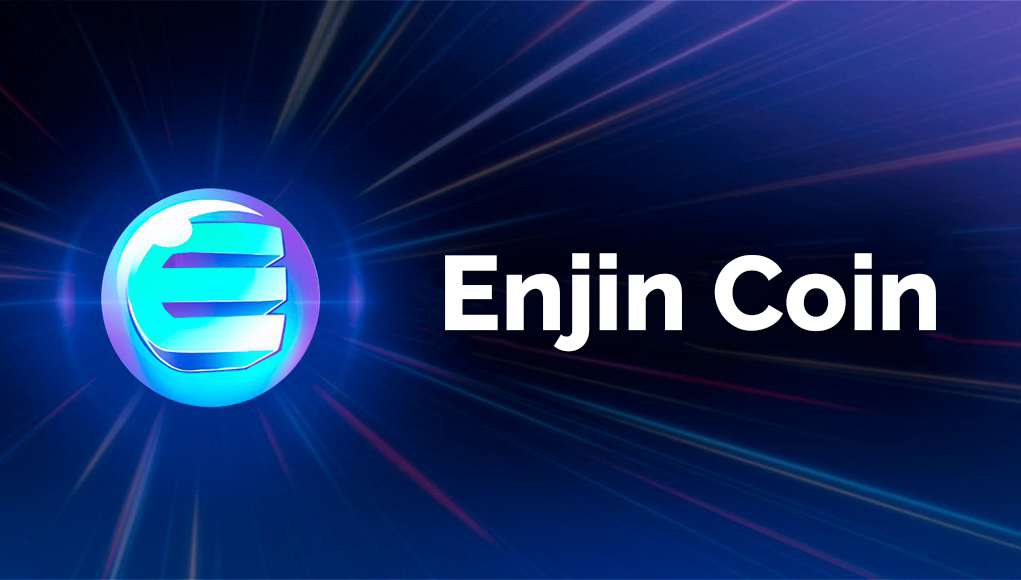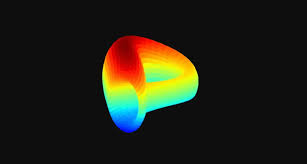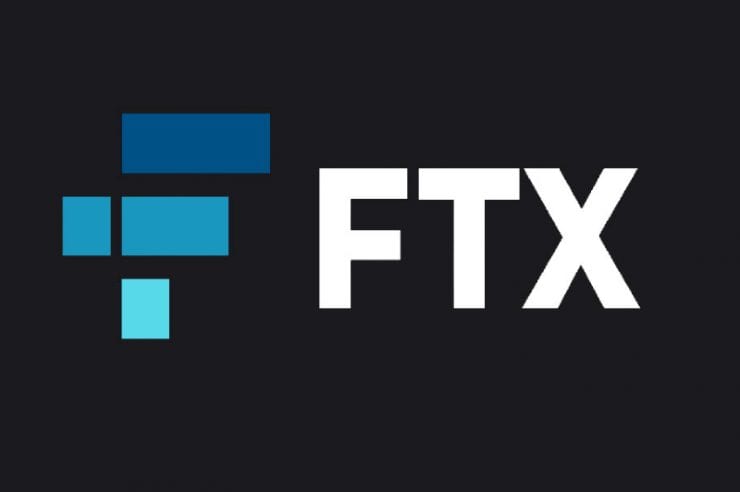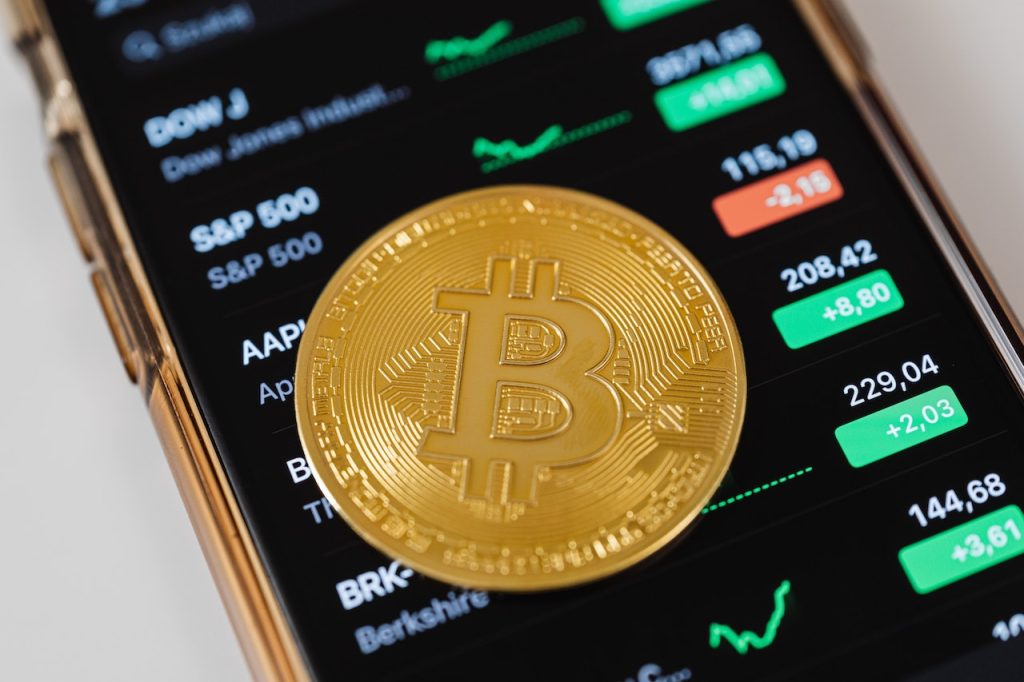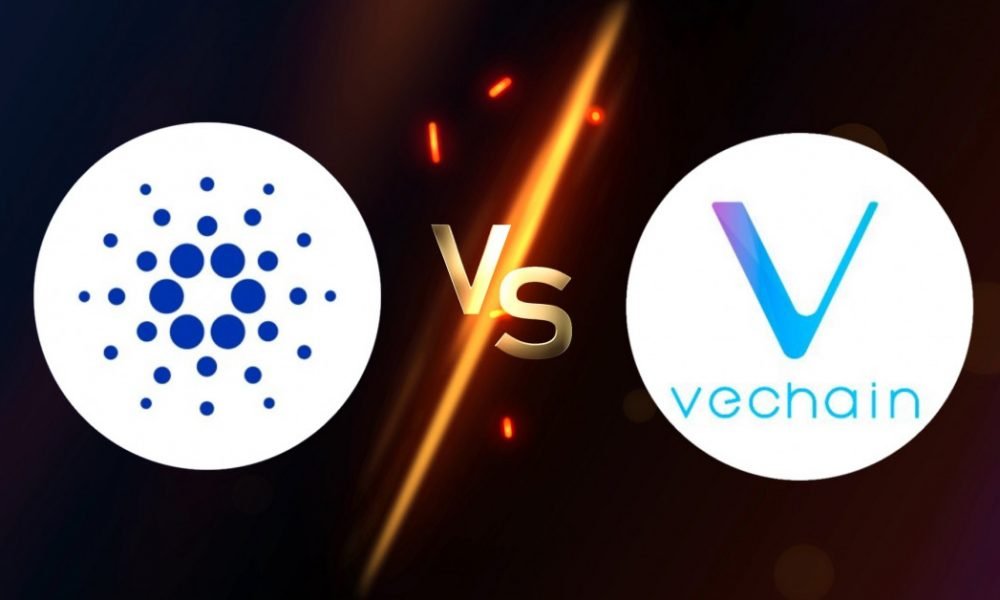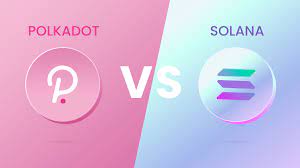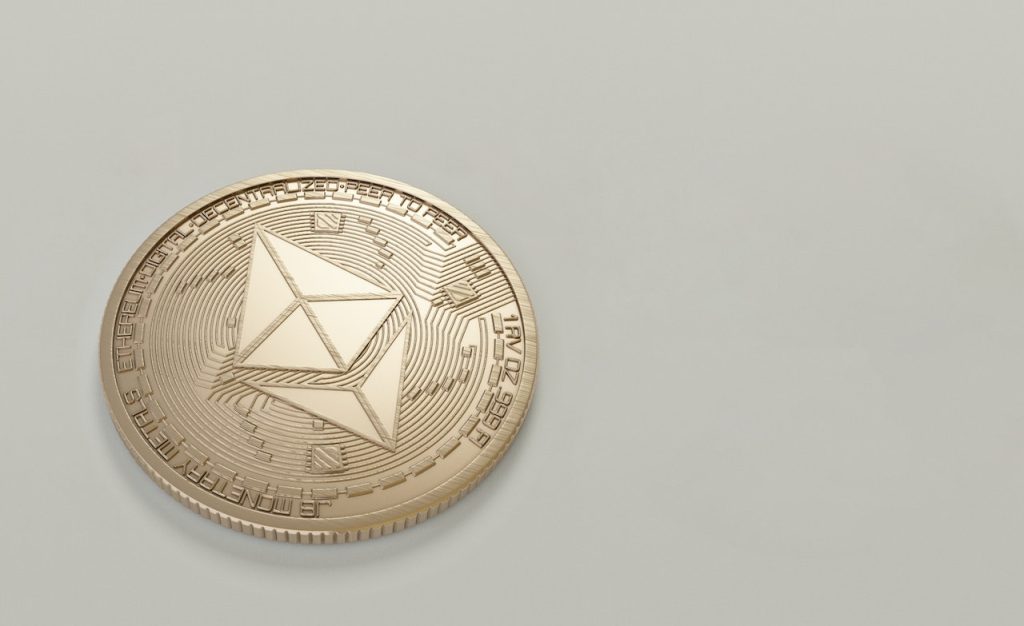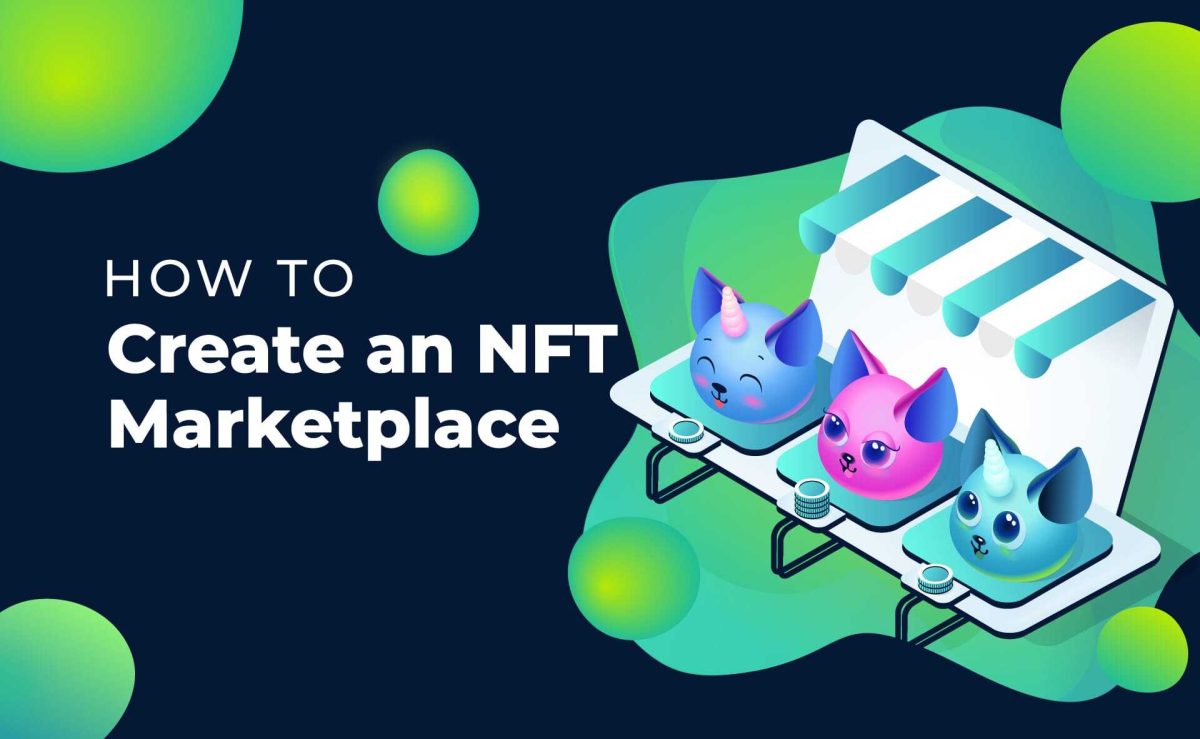In recent years, the emergence of crypto technology has revolutionized the financial landscape, offering individuals numerous avenues to make money. With the growing popularity of cryptocurrencies and blockchain technology, it is essential to understand the strategies and approaches that can lead to financial success in this dynamic and evolving space. This comprehensive guide aims to provide deep insights and practical advice on how to make money with crypto technology, enabling individuals to navigate this exciting realm with confidence.
Understanding Crypto Technology
To effectively capitalize on crypto technology, it is crucial to grasp its fundamental concepts. Cryptocurrencies are digital or virtual currencies that utilize cryptography for secure transactions. These currencies are powered by blockchain technology, a decentralized and distributed ledger system that ensures transparency and immutability. Familiarizing oneself with key concepts like decentralization, encryption, and consensus mechanisms will provide a solid foundation for exploring the possibilities of crypto technology. Additionally, understanding the different types of cryptocurrencies, such as Bitcoin, Ethereum, and altcoins, will help individuals identify the unique features and potential investment opportunities associated with each.
Building a Strong Foundation
Before embarking on a journey to make money with crypto technology, it is essential to build a strong foundation of knowledge and skills. Education plays a critical role in navigating this complex landscape. Invest time in learning about cryptocurrencies, blockchain technology, and related concepts through reputable sources, online courses, and educational platforms. Also stay updated with market trends and developments, and engage with the vibrant crypto community to gain valuable insights and perspectives.
Setting realistic financial goals and establishing risk management strategies are equally important. Crypto markets can be highly volatile, so it is crucial to define your investment objectives, time horizon, and risk tolerance. Also diversify your investment portfolio to mitigate risk and explore different investment strategies that align with your goals.
Lastly, secure your digital assets by creating a reliable and secure digital wallet. Wallets come in various forms, including hardware wallets, software wallets, and online wallets. Lastly research and choose a wallet that provides robust security features and ensures the safety of your cryptocurrencies.

Investment Strategies
Long-term Investment Approach
One popular investment strategy in the crypto space is the “HODL” strategy, derived from the term “hold.” It involves buying cryptocurrencies and holding them for an extended period, often years, in anticipation of long-term growth. This approach requires patience and conviction in the potential of the chosen cryptocurrencies. Dollar-cost averaging is another long-term strategy that involves regularly investing a fixed amount in cryptocurrencies, regardless of their price fluctuations. This strategy reduces the impact of short-term volatility and allows individuals to accumulate cryptocurrencies over time.
Short-term Trading Strategies
For individuals interested in more active participation, short-term trading strategies also can be employed. Day trading involves executing multiple trades within a day, taking advantage of intraday price movements. Swing trading, on the other hand, aims to capture shorter-term price swings that may last several days to weeks. Scalping is a high-frequency trading strategy that involves making quick trades to profit from small price differentials. These short-term trading strategies require technical analysis skills, understanding of market indicators, and constant monitoring of price movements.
Fundamental Analysis
Fundamental analysis also involves evaluating the underlying value and prospects of cryptocurrencies. It considers factors such as project fundamentals, team expertise, market demand, partnerships, and the project’s roadmap. Researching and analyzing these fundamental aspects can help identify cryptocurrencies with strong potential for long-term growth. By assessing the intrinsic value of cryptocurrencies, individuals can make informed investment decisions and identify opportunities before they become widely recognized.
Technical Analysis
Technical analysis also involves studying historical price and volume data to predict future price movements. Traders use various tools, indicators, and chart patterns to identify trends, support and resistance levels, and potential entry and exit points. Also by analyzing charts and applying technical indicators, individuals can make more informed decisions regarding buying, selling, or holding cryptocurrencies. It is important to note that technical analysis is not foolproof, and individuals should combine it with other forms of analysis for a comprehensive investment strategy.
Diversification and Portfolio Management
Diversification is a crucial aspect of managing a crypto investment portfolio. By spreading investments across different cryptocurrencies and sectors, individuals can reduce the risk associated with holding a single asset. Diversification allows individuals to benefit from potential growth in multiple areas while mitigating the impact of any potential losses. It is advisable to allocate investments across various cryptocurrencies with different use cases, market caps, and levels of maturity.
Evaluating risk-reward ratios is essential when managing a crypto portfolio. Some cryptocurrencies may carry higher risks but offer the potential for substantial returns, while others may be more stable but provide lower growth prospects. Analyzing risk-reward ratios helps individuals strike a balance between conservative and aggressive investments, aligning with their risk tolerance and financial goals.
Additionally rebalancing the portfolio is crucial to maintain an optimal asset allocation. As market conditions change and the performance of different cryptocurrencies varies, it is important to periodically review and adjust the portfolio. Rebalancing involves selling assets that have experienced significant growth and reallocating funds to underperforming assets or those with promising future prospects. This practice ensures that the portfolio remains aligned with the individual’s investment strategy and market trends.
Moreover, the world of cryptocurrencies offers more than just traditional cryptocurrencies. Exploring investment options in the decentralized finance (DeFi) sector can provide additional opportunities. DeFi platforms enable users to lend, borrow, and earn interest on cryptocurrencies, creating avenues for passive income. Additionally, the rising popularity of non-fungible tokens (NFTs) presents unique investment opportunities in digital art, collectibles, and virtual real estate. By diversifying beyond traditional cryptocurrencies, individuals can tap into emerging sectors and potentially uncover lucrative investment prospects.
Passive Income Opportunities
Crypto technology also offers various avenues for generating passive income. Here are some strategies to consider:
Staking and Lending: Many cryptocurrencies utilize proof-of-stake (PoS) or delegated proof-of-stake (DPoS) consensus mechanisms, allowing users to earn interest by staking and holding their tokens. Also by participating in the network’s consensus process, individuals can receive staking rewards in the form of additional tokens. Additionally, lending platforms enable users to lend their cryptocurrencies and earn interest on their holdings.
Yield Farming and Liquidity Mining: DeFi platforms often incentivize users to provide liquidity by offering rewards in the form of additional tokens. Yield farming also involves locking up cryptocurrencies in liquidity pools and earning rewards based on the provided liquidity. Liquidity mining is similar but focuses on mining platform-specific tokens by providing liquidity to decentralized exchanges (DEXs) or lending protocols.
Masternodes and Staking Pools: Certain cryptocurrencies offer the opportunity to run masternodes, which involve holding a specified amount of tokens and maintaining a dedicated server to support the network’s operations. Masternodes often earn rewards for their contribution to the network. Alternatively, individuals can join staking pools, where multiple users pool their tokens together to meet the staking requirements and share the rewards proportionally.
Dividend-Paying Tokens and Tokenized Assets: Some cryptocurrencies issue tokens that function as dividend-paying assets. Holding these tokens allows individuals to earn regular dividends based on the project’s profits or revenue. Additionally, tokenized assets represent real-world assets, such as real estate or company shares, on the blockchain. Also Investing in tokenized assets allows individuals to earn dividends or rental income from these assets.
It is important to note that passive income strategies come with their own risks, such as smart contract vulnerabilities, market volatility and potential scams. Therefore, individuals should conduct thorough research, assess the credibility of the projects or platforms, and consider the associated risks before engaging in any passive income opportunities.
Entrepreneurial Opportunities
Crypto technology not only provides investment opportunities but also opens doors to entrepreneurial ventures. Here are some avenues to explore:
Developing Blockchain-based Applications and Smart Contracts: Blockchain technology offers a decentralized and secure infrastructure for developing innovative applications. Individuals with programming skills can explore building decentralized applications (DApps) or smart contracts on platforms like Ethereum. By creating solutions that address real-world challenges or offer unique functionalities, entrepreneurs can potentially generate revenue through token sales or by providing value-added services.
Launching an Initial Coin Offering (ICO) or Security Token Offering (STO): ICOs and STOs are fundraising methods used by blockchain projects to raise capital. By launching an ICO or STO, entrepreneurs can generate funds by selling tokens to investors. However, it is crucial to navigate the legal and regulatory landscape to ensure compliance with applicable laws and regulations.
Building and Managing Crypto-related Businesses: The growing crypto ecosystem creates opportunities to build and manage businesses in various sectors. Cryptocurrency exchanges, wallet providers, payment gateways, and custodial services are examples of businesses that cater to the needs of crypto users. By offering reliable and secure services, entrepreneurs can generate revenue through transaction fees, subscriptions, or value-added services.
Consulting and Providing Services: As the demand for crypto-related expertise grows, individuals with in-depth knowledge and experience can offer consulting services to individuals and businesses entering the crypto space. This may include providing guidance on investment strategies, technical implementation, regulatory compliance, or security best practices. Consulting services can be offered on a freelance basis or through establishing a consultancy firm.
Entrepreneurial opportunities in the crypto space require a combination of technical skills, business acumen, and an understanding of the regulatory landscape. It is essential to conduct market research, identify gaps or niche areas, and develop a unique value proposition to differentiate oneself in a competitive market.

Risk Management and Security
Engaging with crypto technology involves risks that individuals must proactively manage. Consider the following risk management and security practices:
Understanding and Mitigating Risks: Crypto markets are highly volatile, and investments can be subject to substantial price fluctuations. It is crucial to assess and understand the risks associated with investing in cryptocurrencies, including market volatility, regulatory uncertainties, technological vulnerabilities, and project-specific risks. Diversification, as mentioned earlier, is an effective risk management strategy. Additionally, staying informed, conducting thorough research, and seeking professional advice can help mitigate risks.
Implementing Strong Security Measures: As cryptocurrencies are digital assets, securing them is of utmost importance. Individuals should implement robust security measures, such as using hardware wallets, strong passwords, two-factor authentication (2FA), and encrypted communication channels. Regularly updating software, avoiding phishing attempts, and being cautious of malicious websites or applications are essential practices to safeguard digital assets.
Keeping Up with Regulatory Developments: The regulatory landscape surrounding cryptocurrencies and blockchain technology is evolving. It is crucial to stay informed about local and international regulations to ensure compliance. Understanding tax obligations, reporting requirements, and legal frameworks will help individuals navigate the regulatory landscape and mitigate legal and compliance risks.
Staying Vigilant Against Scams and Fraud: The crypto industry has unfortunately been targeted by scams and fraudulent projects. Individuals must exercise caution and conduct due diligence before engaging with any project, investment opportunity, or platform. Be wary of promises of guaranteed returns, exaggerated claims, and projects with a lack of transparency or credible team members. Researching project backgrounds, conducting thorough whitepaper analysis, and seeking community feedback can help identify potential red flags.
Learning and Adapting
Crypto technology is a rapidly evolving space, and to stay ahead, individuals must embrace a mindset of continuous learning and adaptation. Here are some key points to consider:
Continuous Learning: The crypto space is dynamic, with new technologies, projects, and trends emerging regularly. Dedicate time to stay updated with the latest developments, market news, and industry trends. Engage with reputable sources, follow influential figures in the crypto community, participate in online forums, and join communities to gain insights, share knowledge, and stay informed about the latest opportunities.
Analyzing and Adapting Strategies: The crypto market can be unpredictable, and strategies that worked in the past may not yield the same results in the future. Regularly evaluate the performance of your investment and trading strategies. Analyze successes and failures, identify patterns, and make adjustments accordingly. This iterative process will allow you to refine your approaches, optimize your decision-making, and adapt to changing market conditions.
Documenting and Learning from Experiences: Keeping a record of your crypto-related activities, including investments, trades, and lessons learned, can be invaluable. Document your experiences, track performance, and analyze the outcomes of your decisions. By maintaining a journal or spreadsheet, you can identify patterns, assess your progress, and learn from both successes and failures. This reflective practice will contribute to your growth as a crypto investor or entrepreneur.
Being Open to New Opportunities and Innovations: The crypto space is characterized by innovation and the constant introduction of new ideas and technologies. Stay open-minded and explore emerging opportunities beyond traditional cryptocurrencies. Keep an eye on developments in decentralized finance (DeFi), non-fungible tokens (NFTs), blockchain interoperability, and other cutting-edge concepts. By embracing innovation and being willing to adapt to new trends, you can position yourself for potential breakthroughs and lucrative opportunities.
Summary
The world of crypto technology offers a vast array of opportunities for individuals to make money and participate in a revolutionary financial landscape. By understanding the underlying concepts, building a strong foundation of knowledge, and employing sound investment and entrepreneurial strategies, individuals can navigate this space with confidence.
However, it is important to acknowledge the risks and challenges associated with crypto technology. Risk management, security measures, and compliance with regulations are essential aspects of operating in this space. By staying informed, conducting thorough research, and seeking professional advice when needed, individuals can mitigate risks and safeguard their investments.
Lastly, the journey in the crypto space is a continuous learning process. By embracing a mindset of continuous learning, adapting strategies based on market conditions, documenting experiences, and being open to new opportunities, individuals can position themselves for long-term success and growth.
As the crypto landscape evolves, it is important to stay vigilant, monitor market trends, and remain adaptable. With perseverance, a proactive approach, and a commitment to ongoing education, individuals can unlock the full potential of crypto technology and seize the opportunities it presents for financial prosperity.


